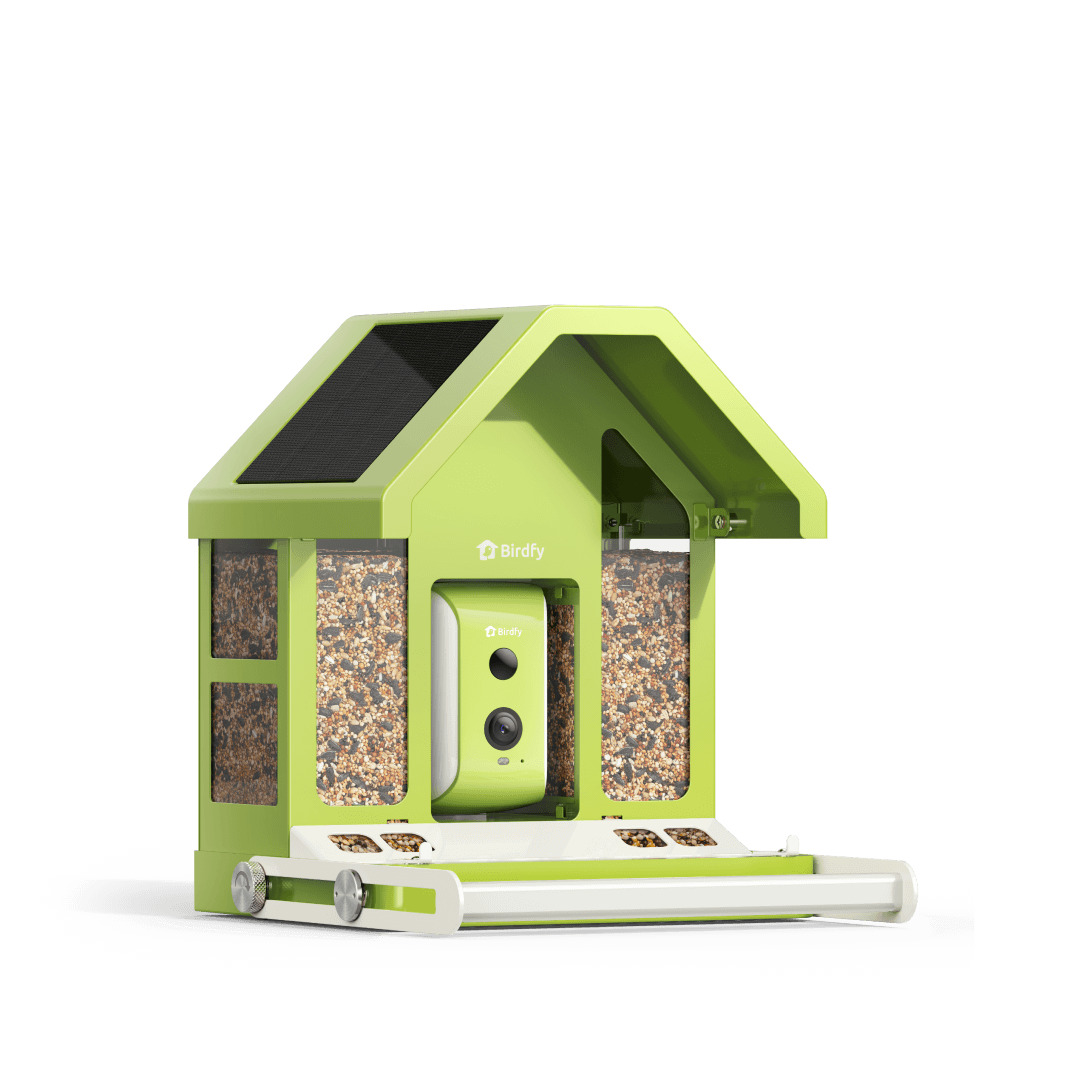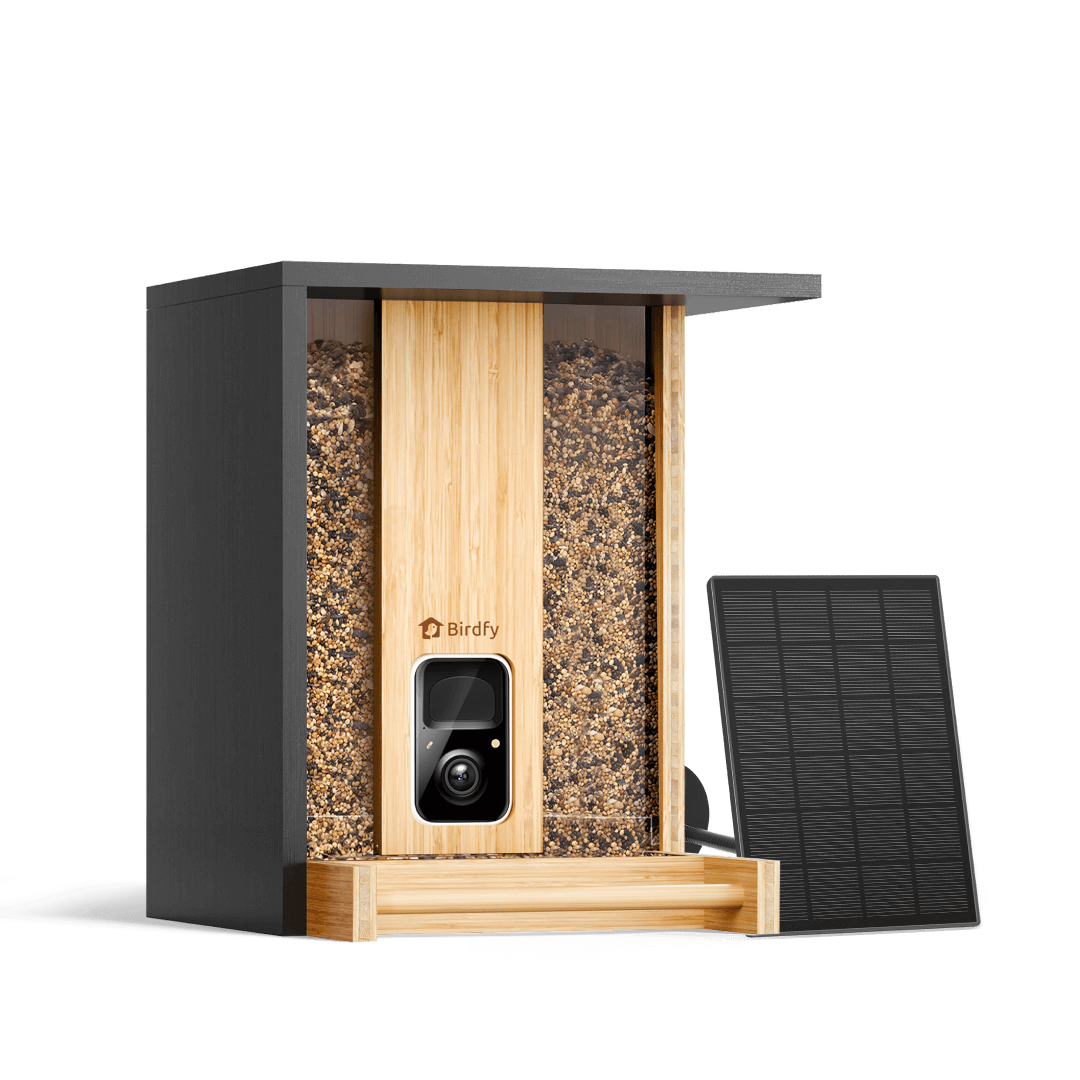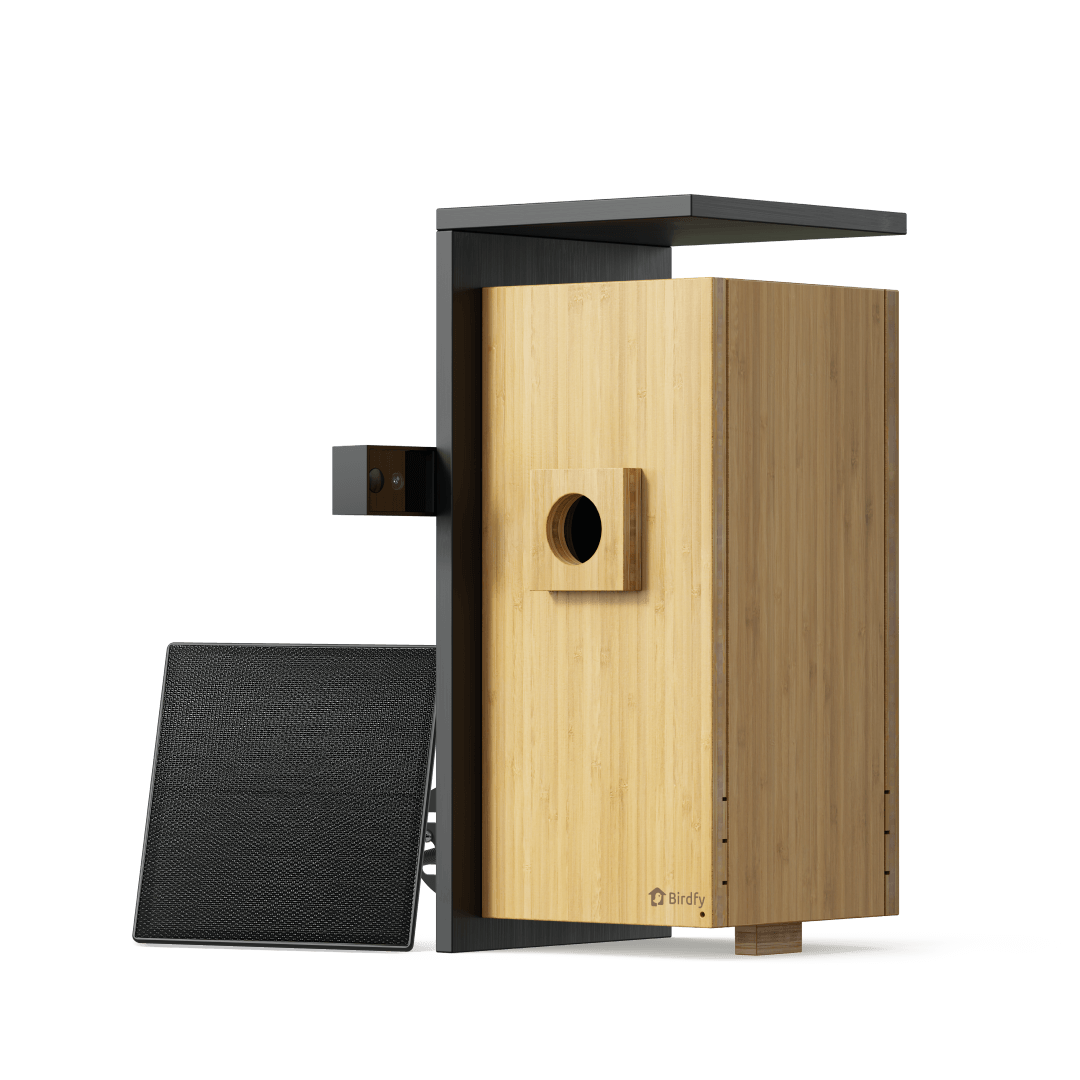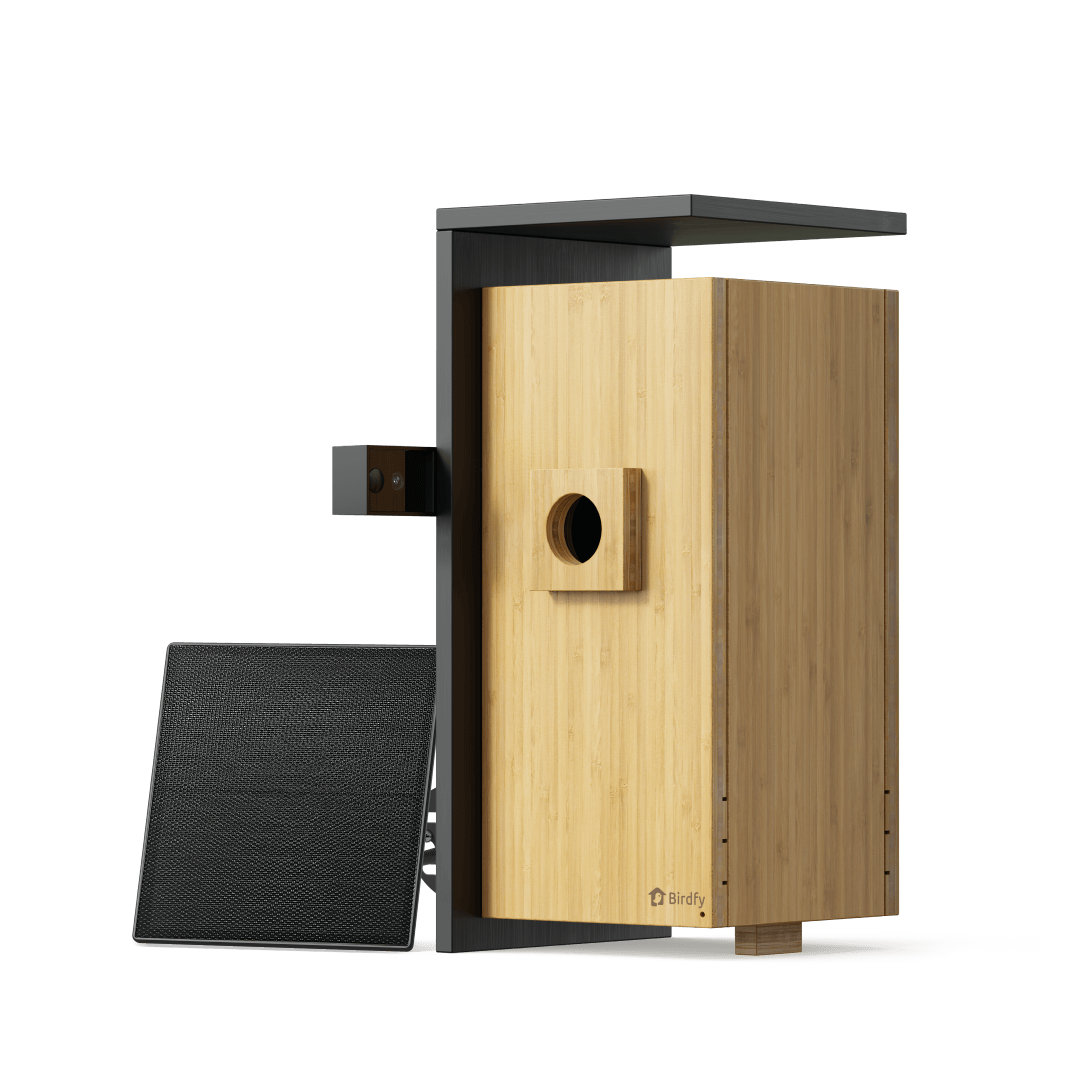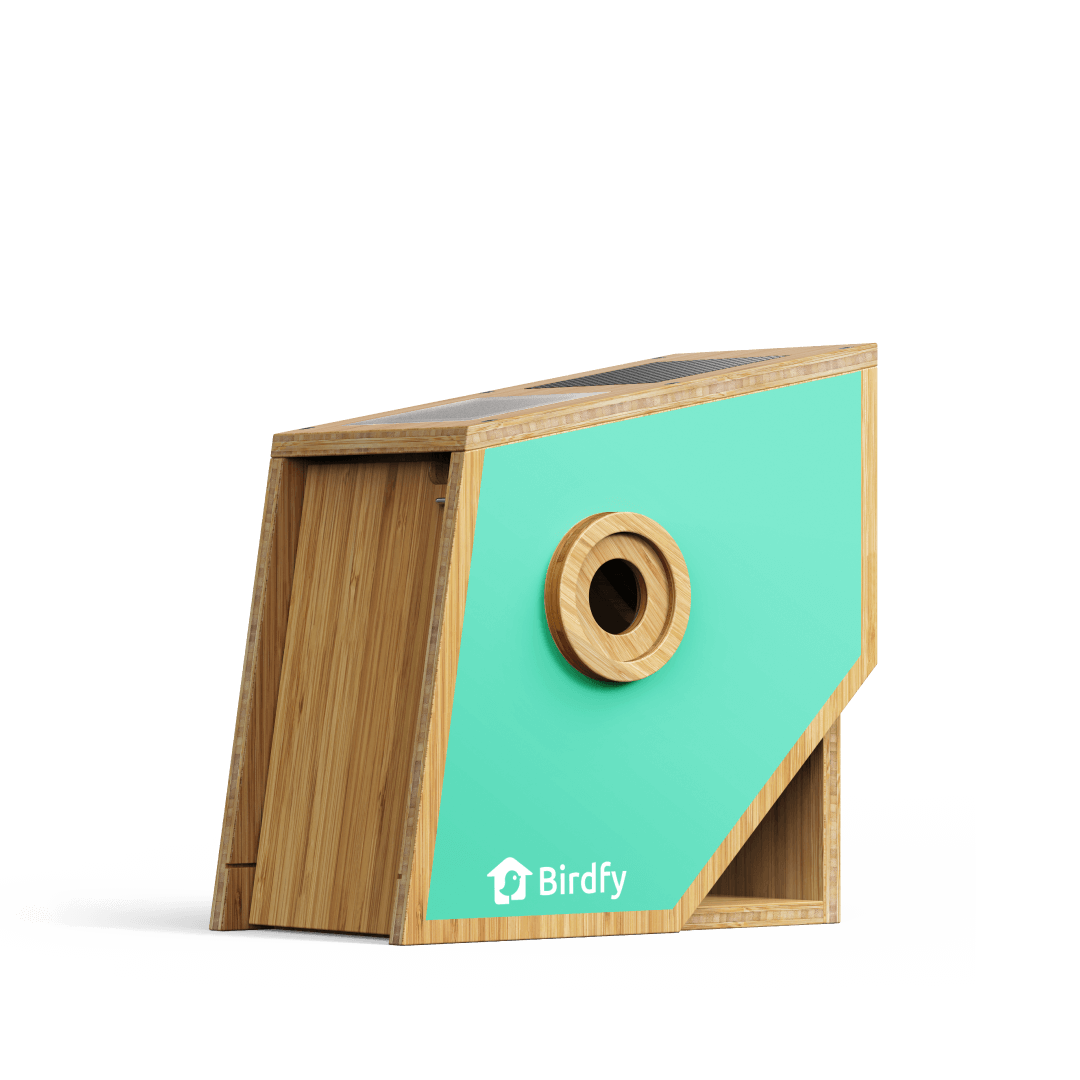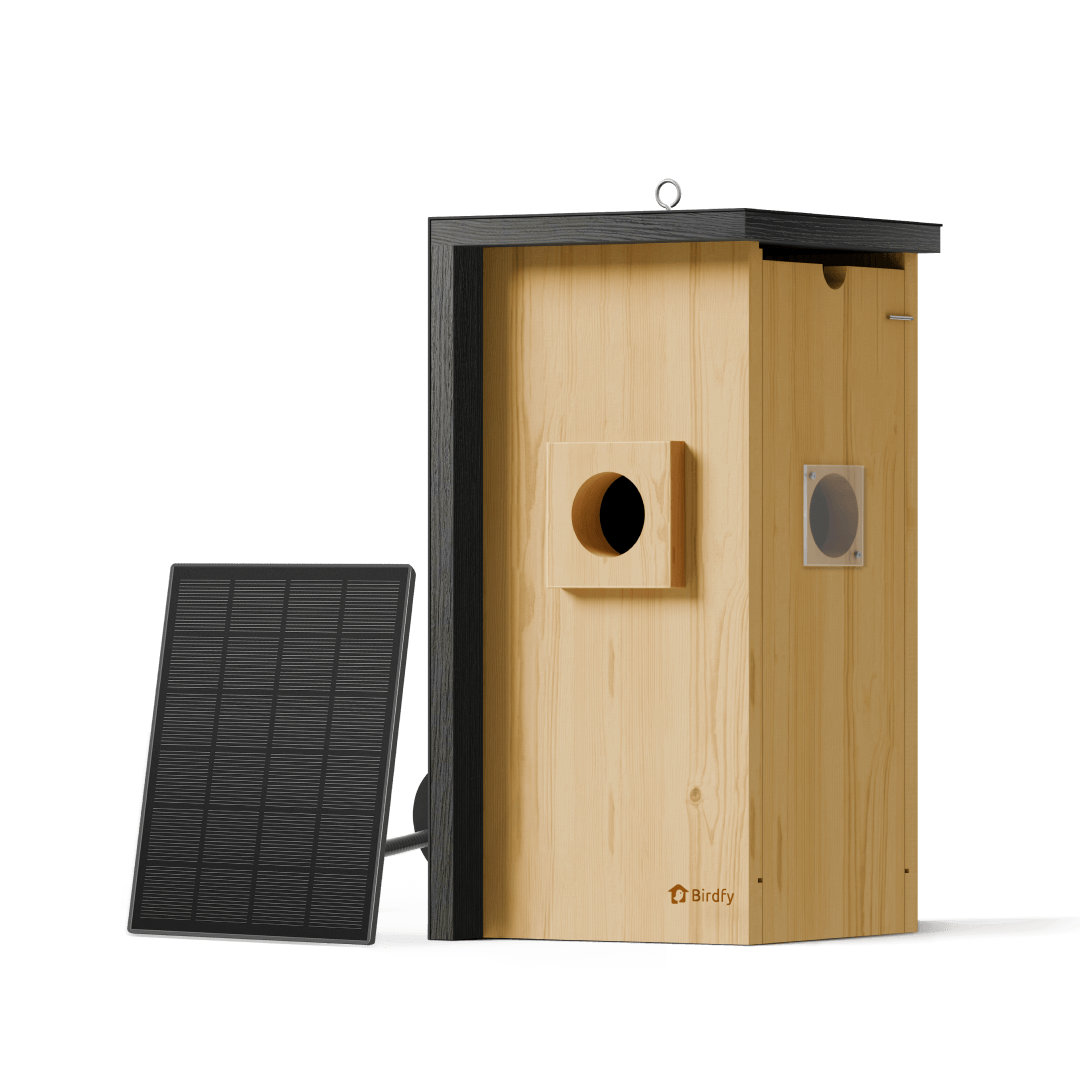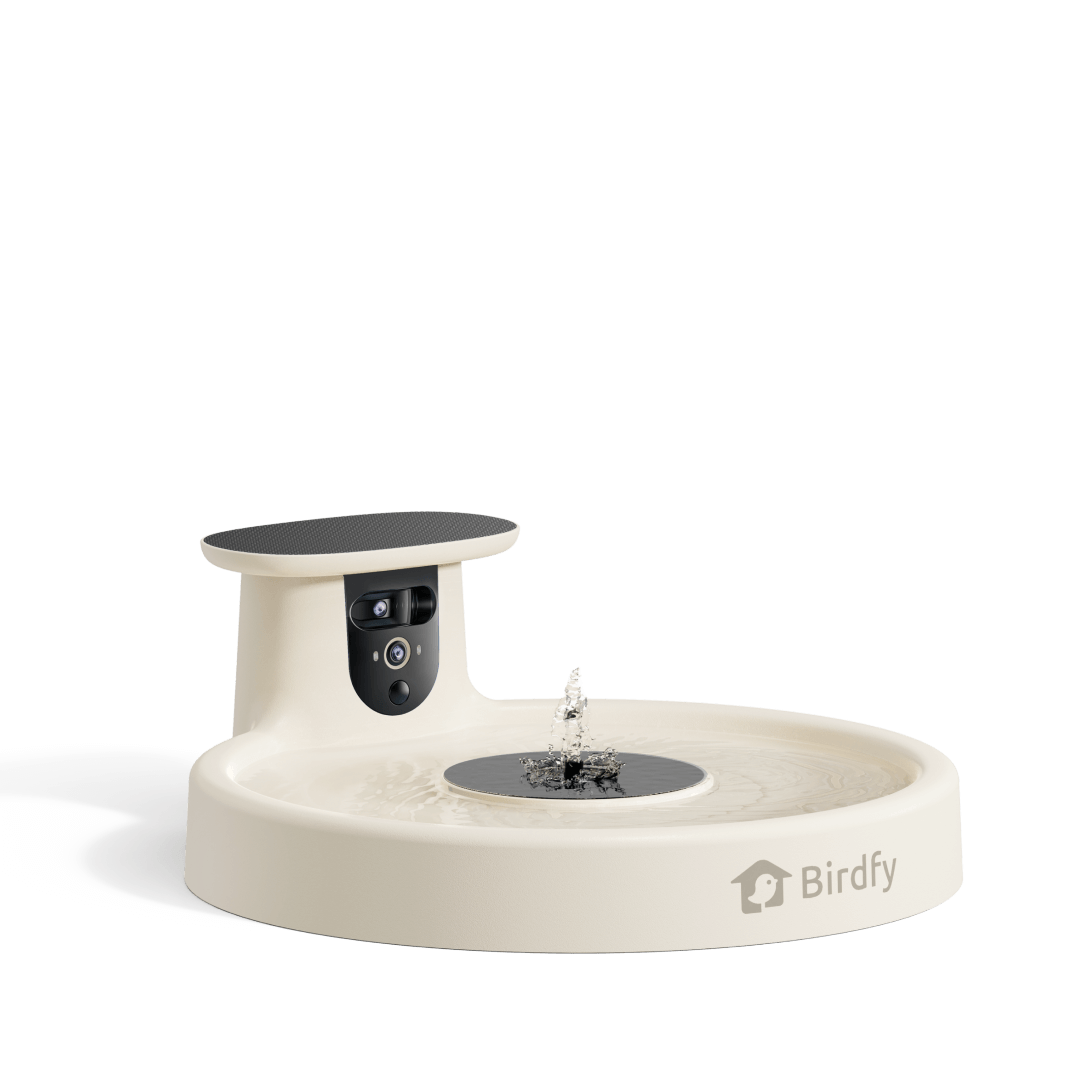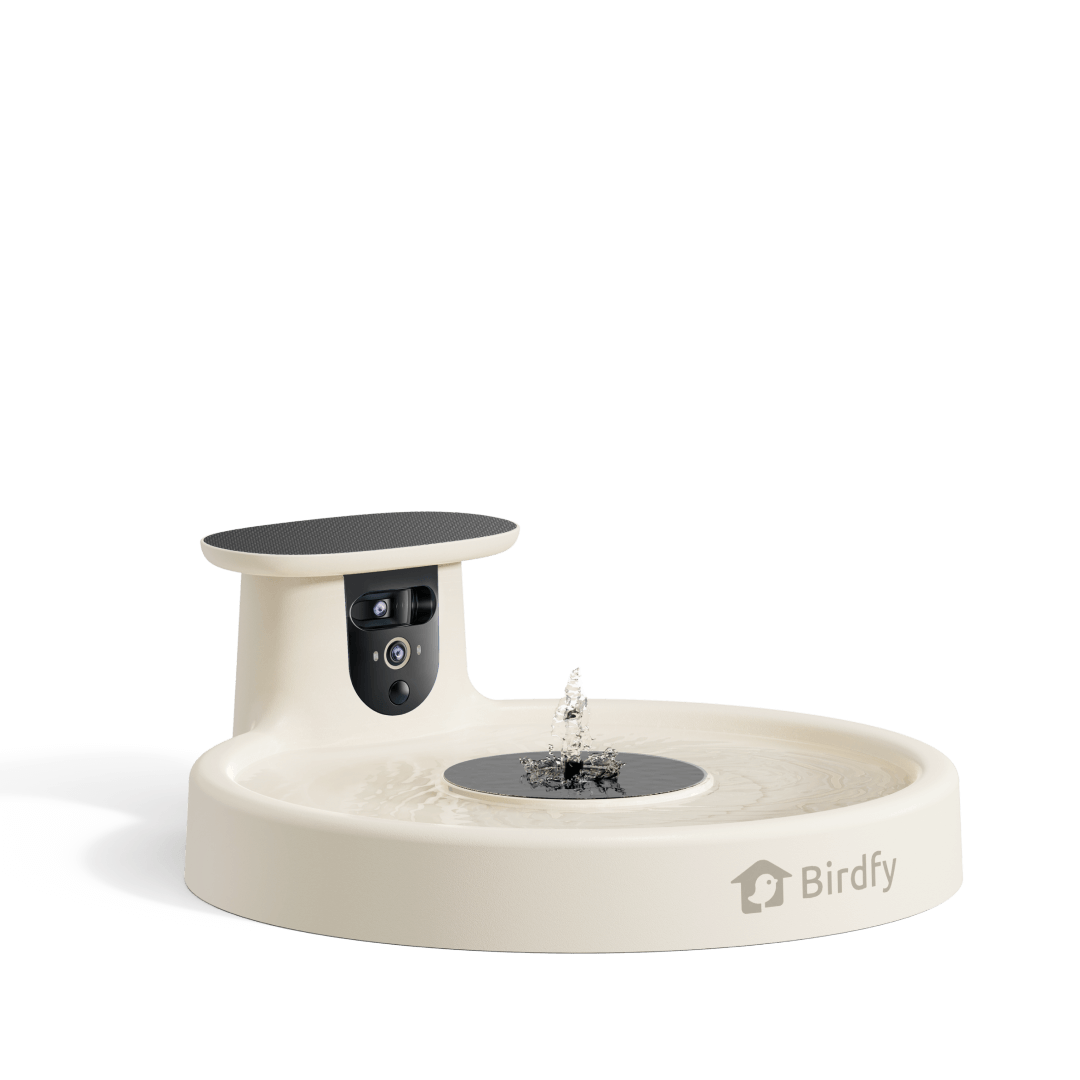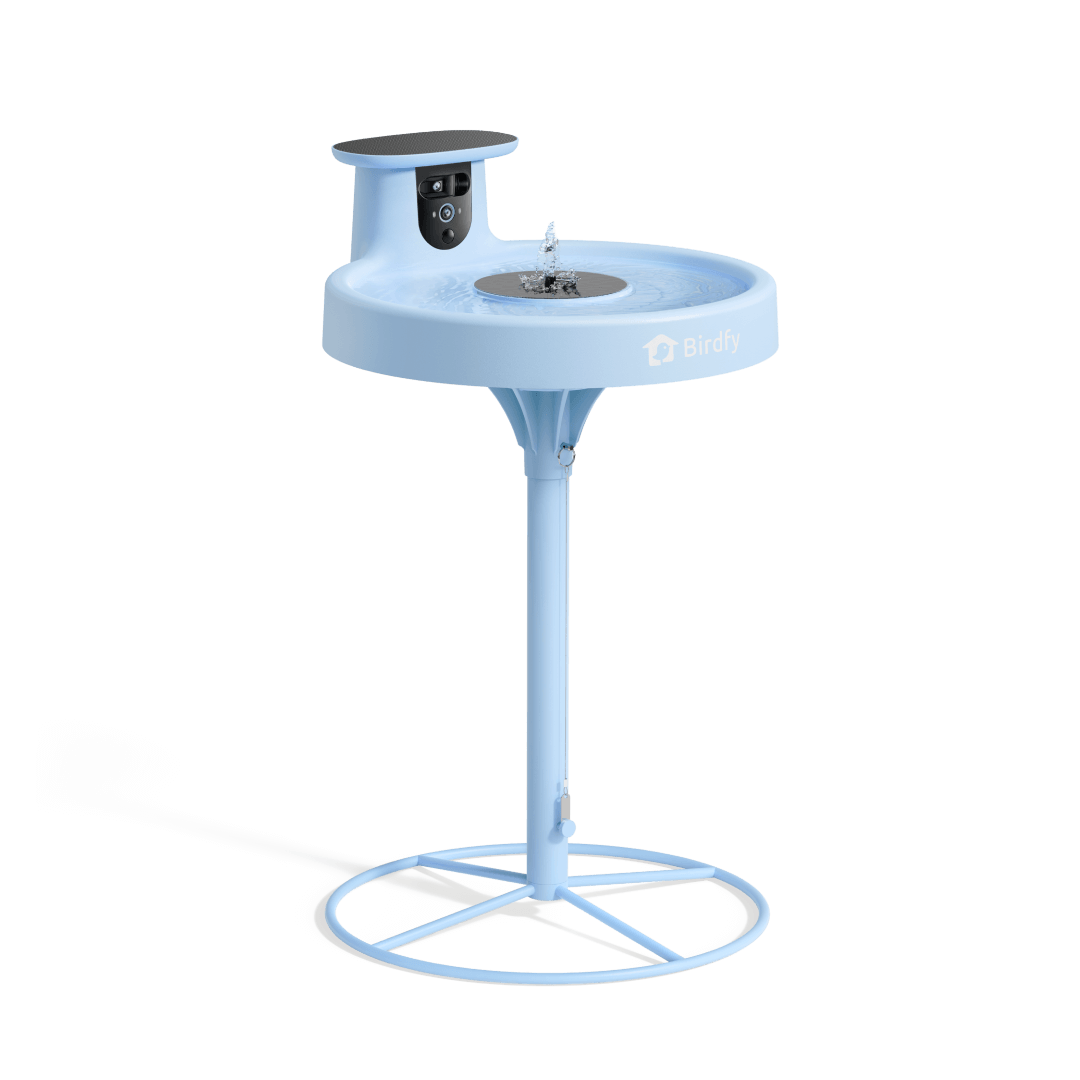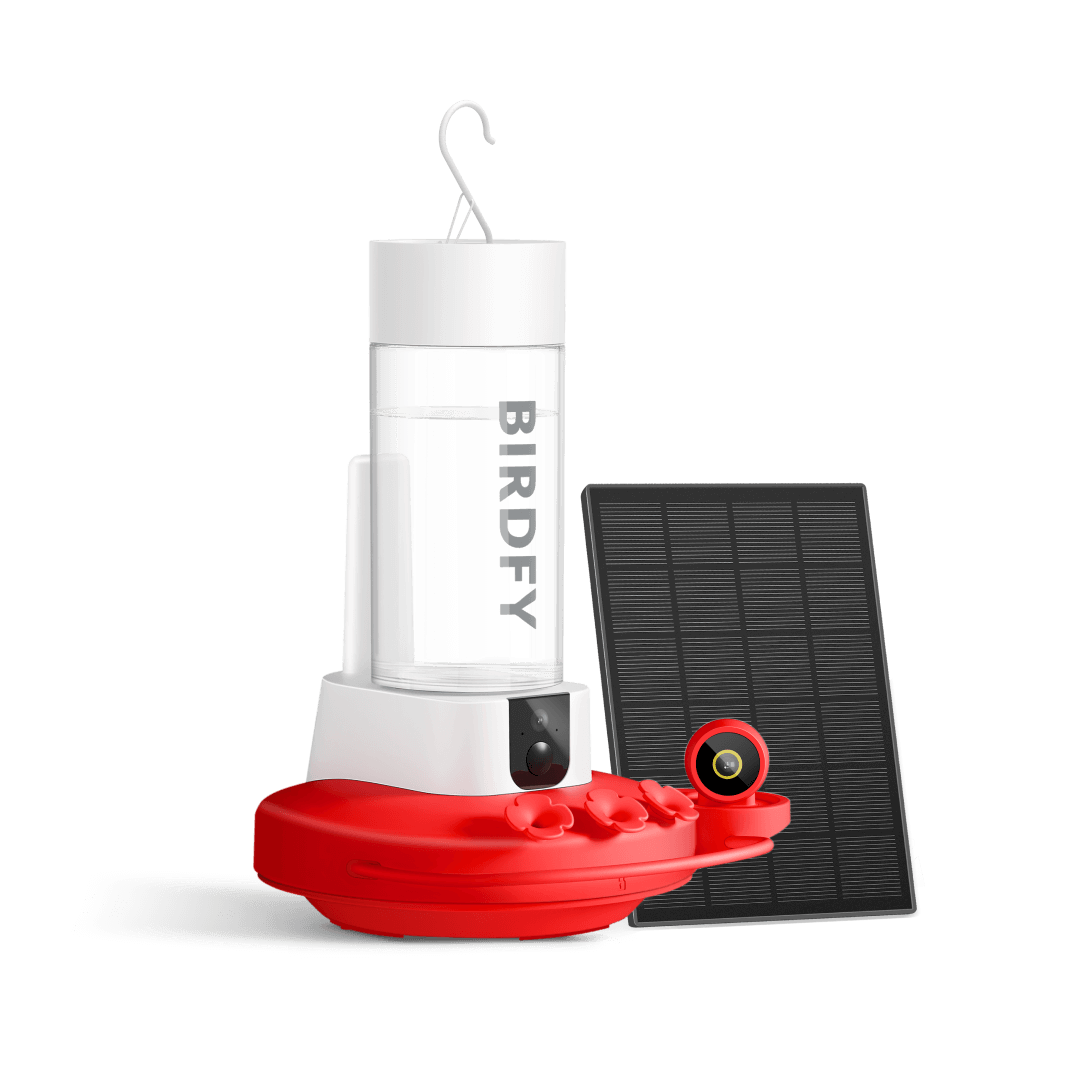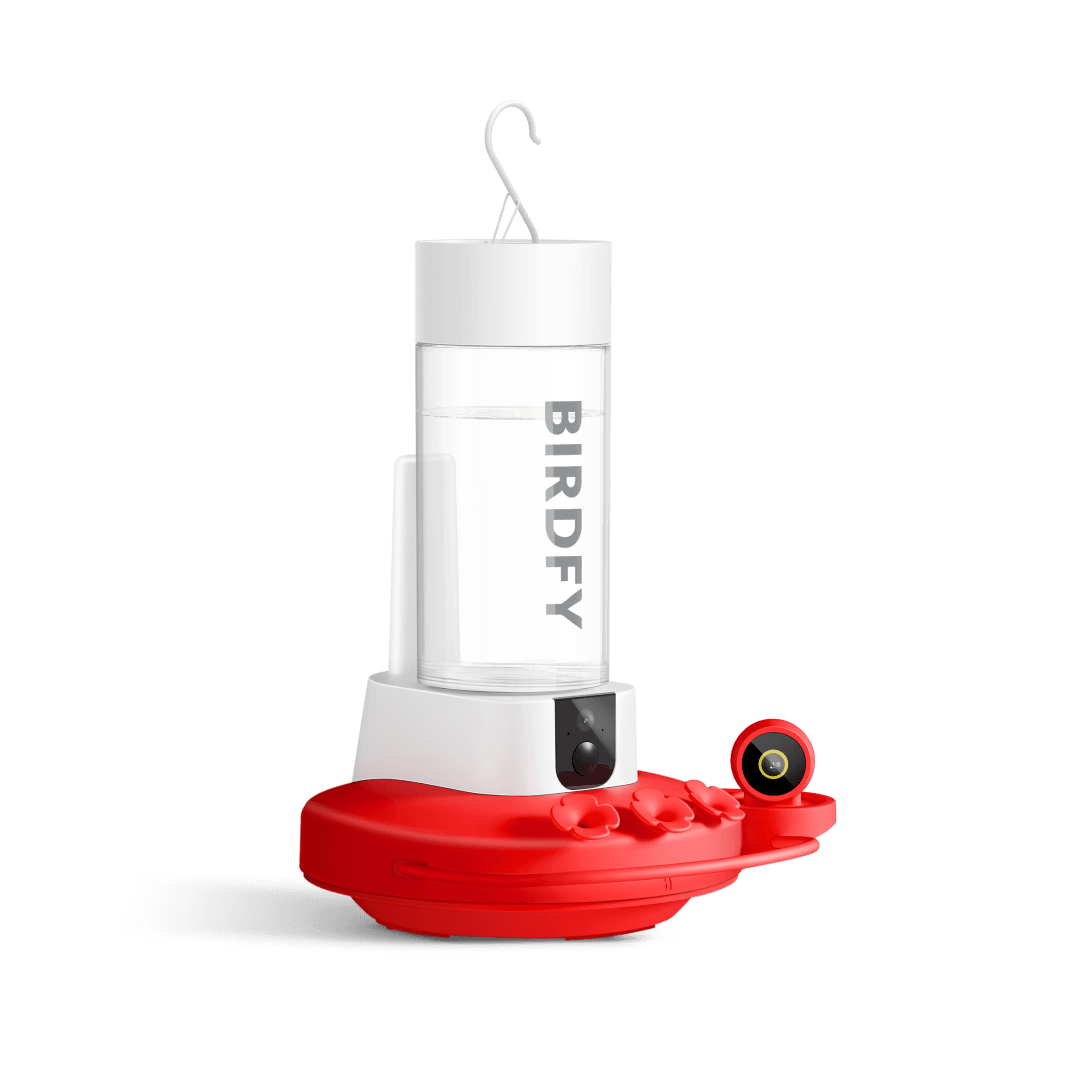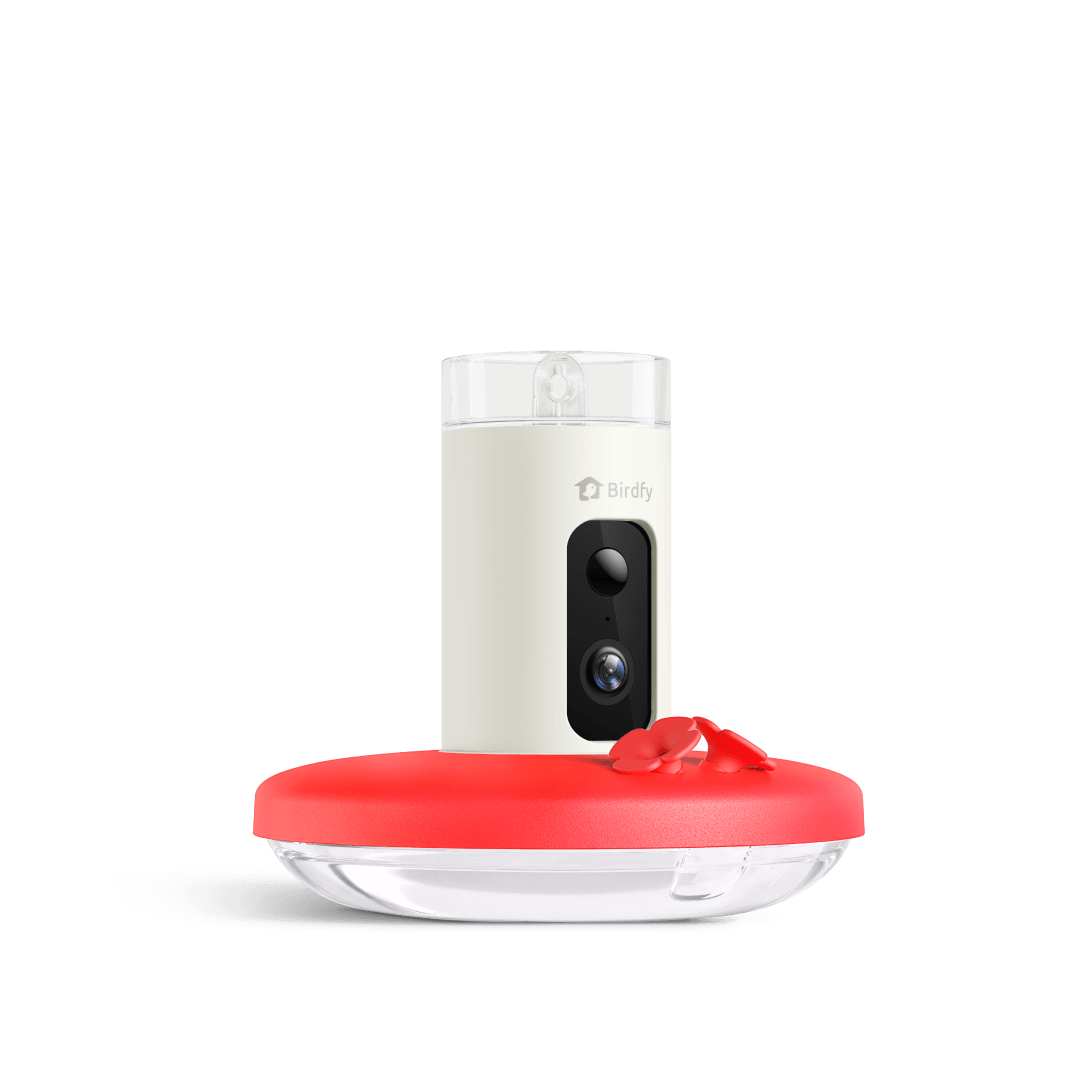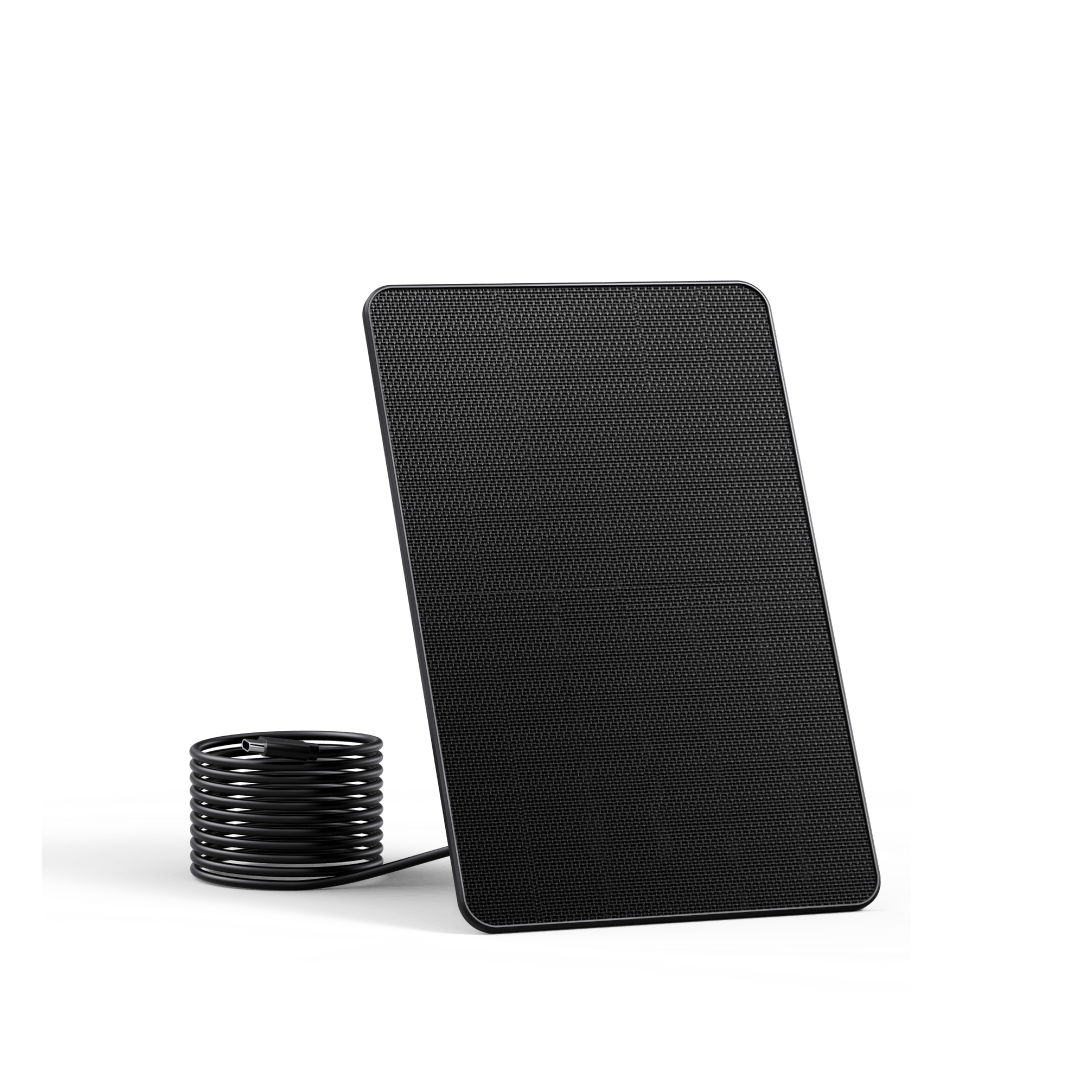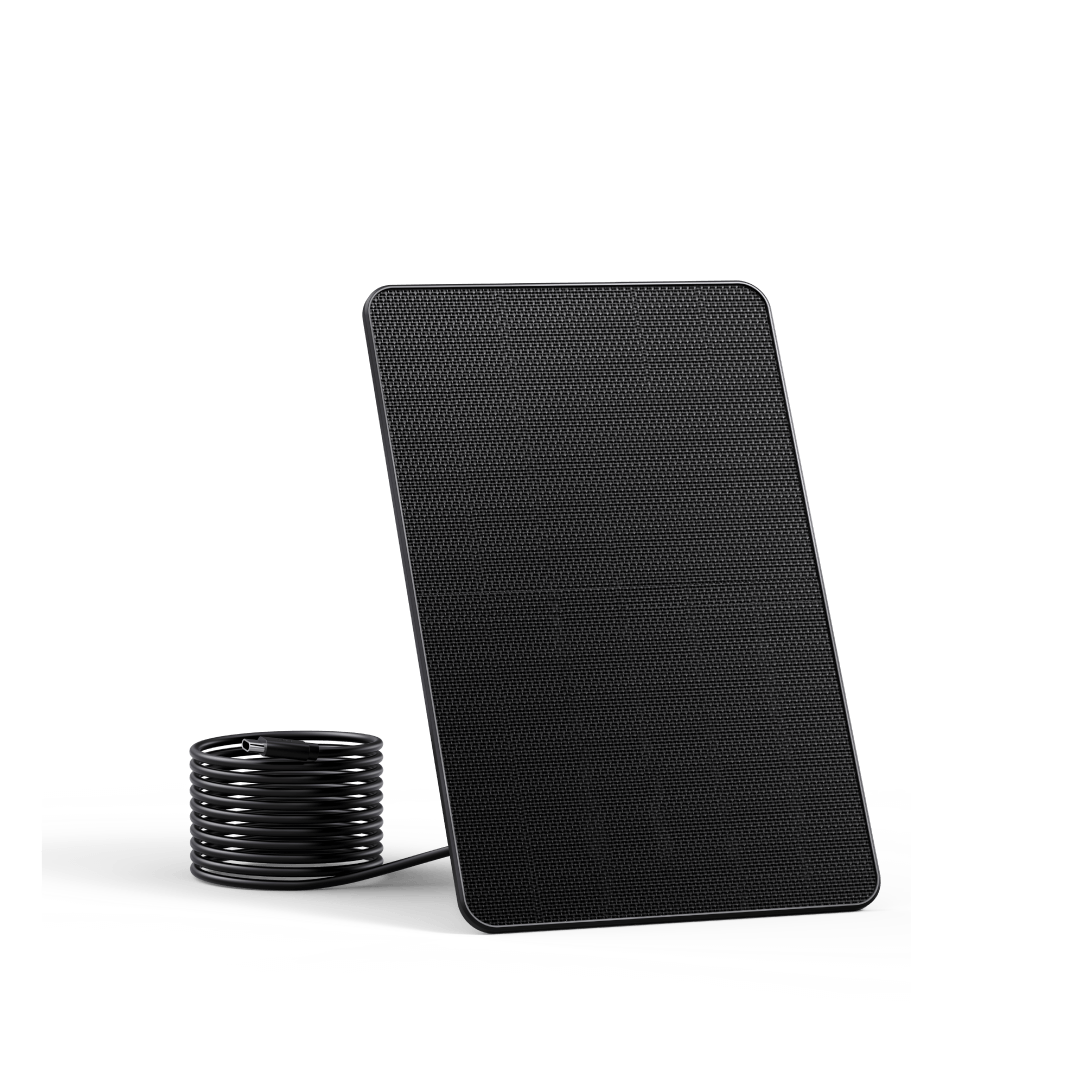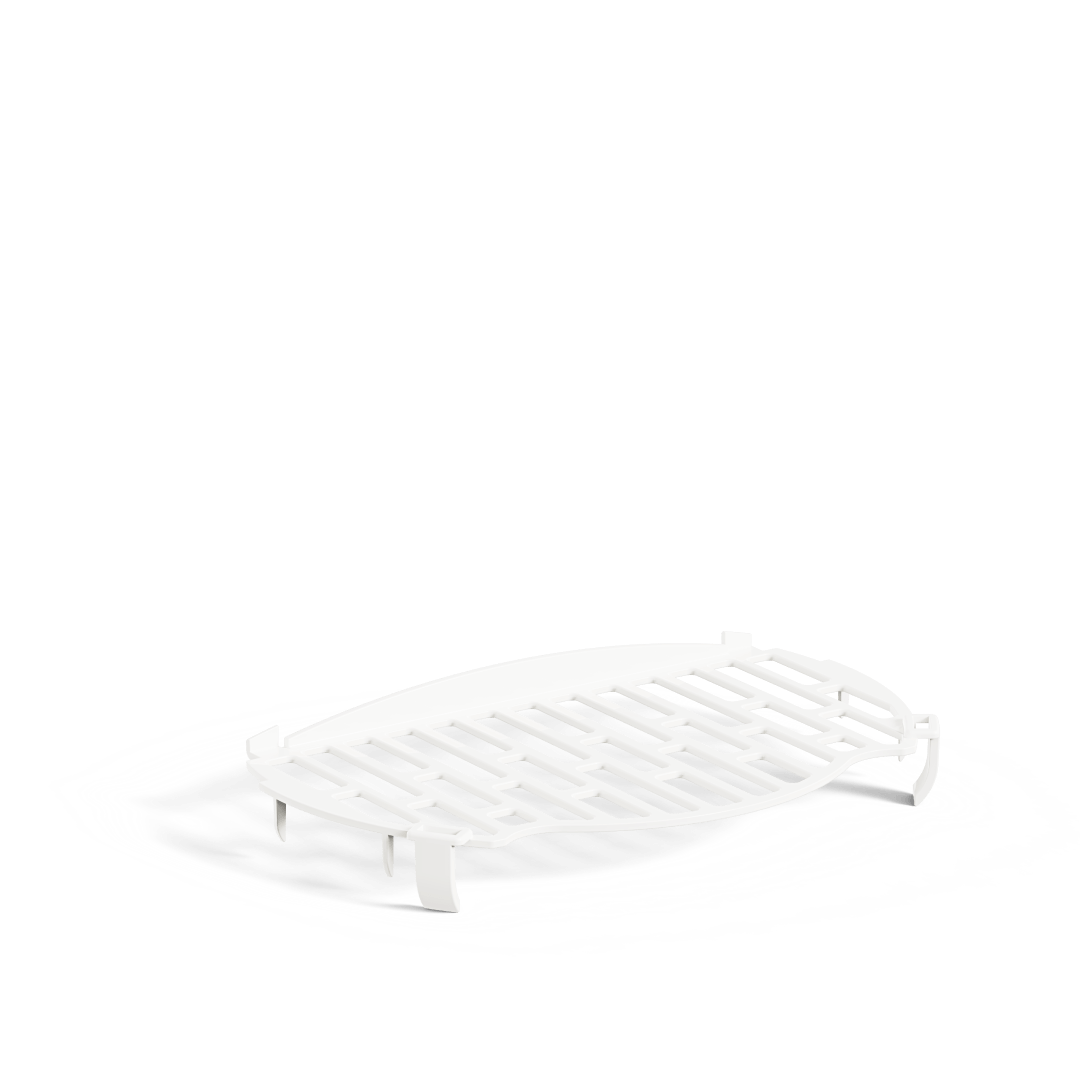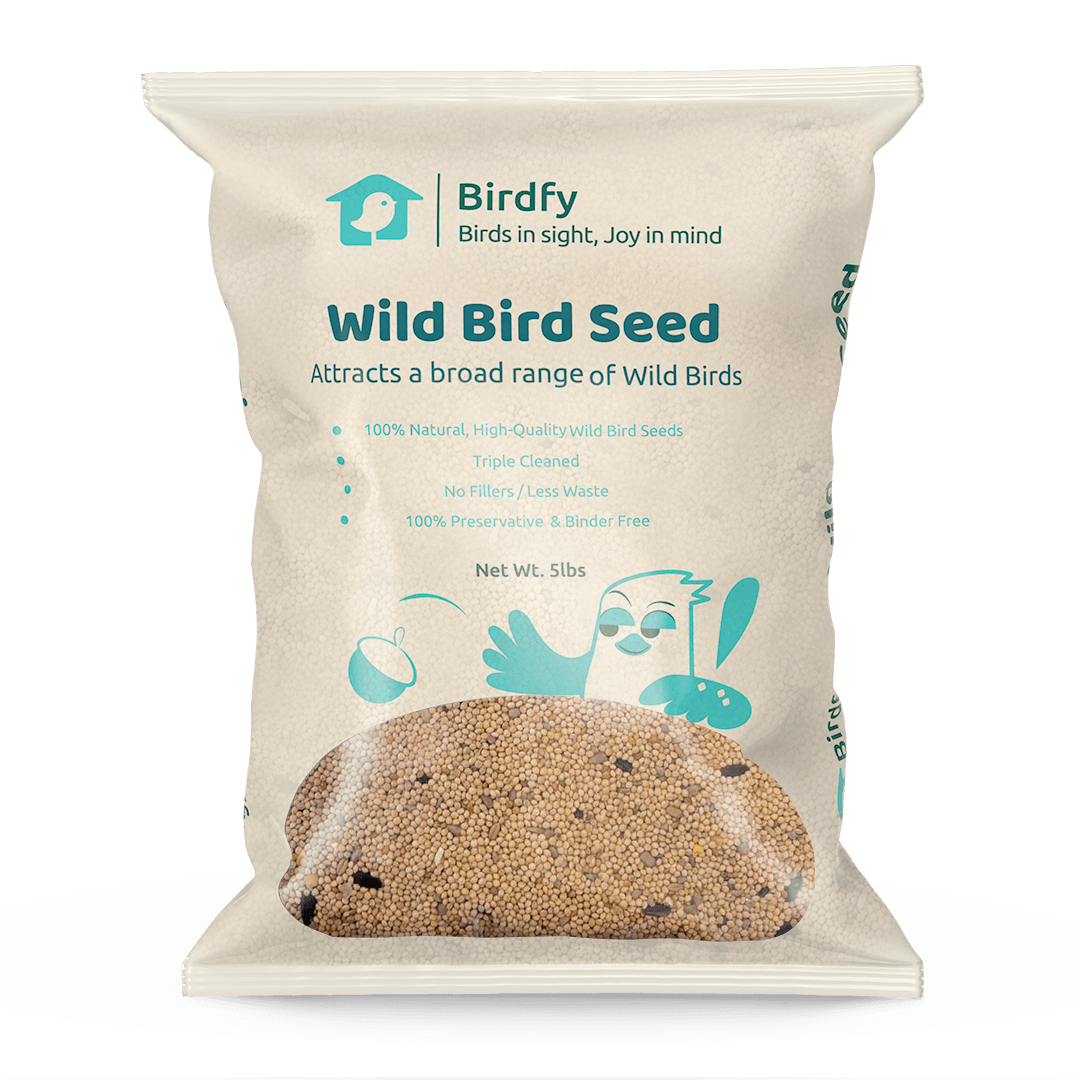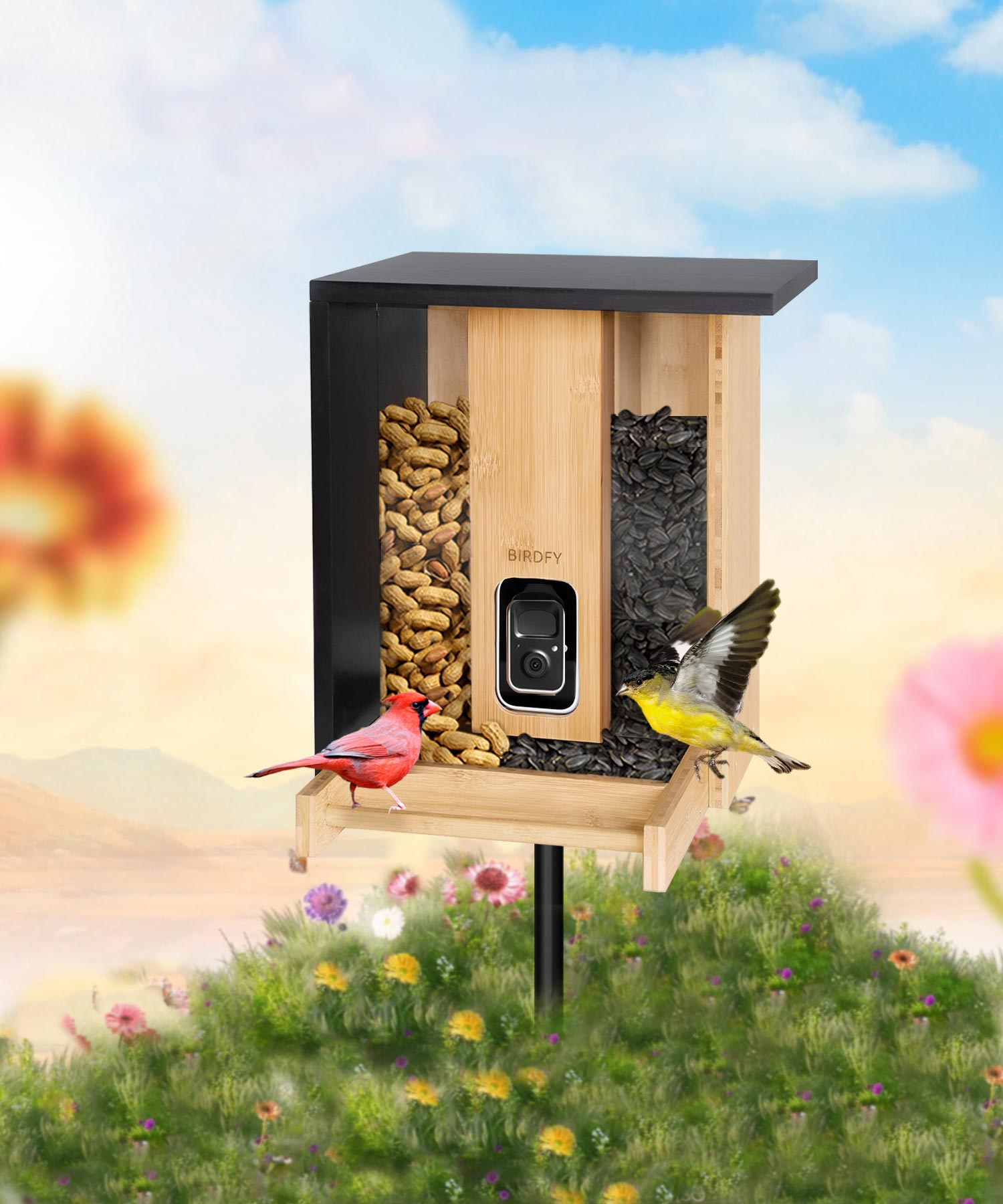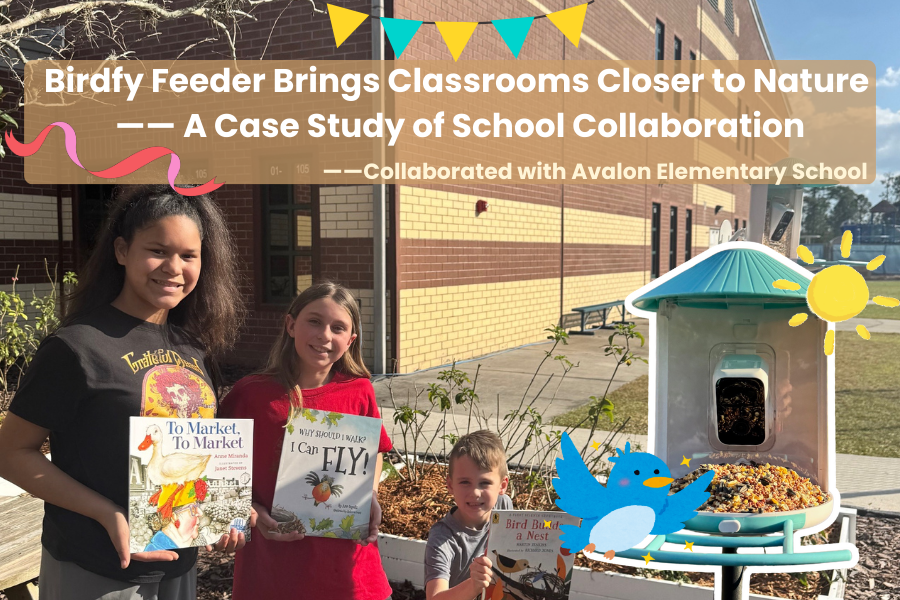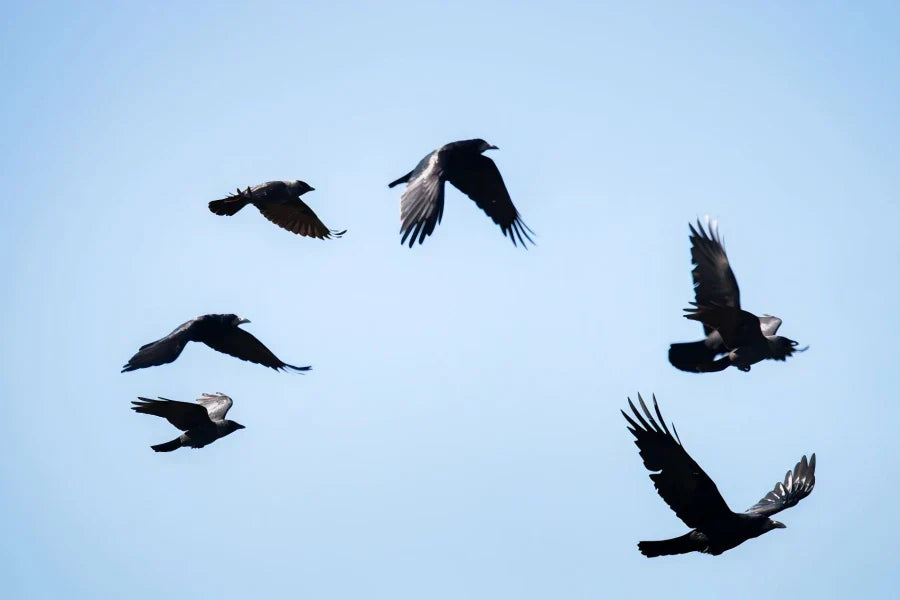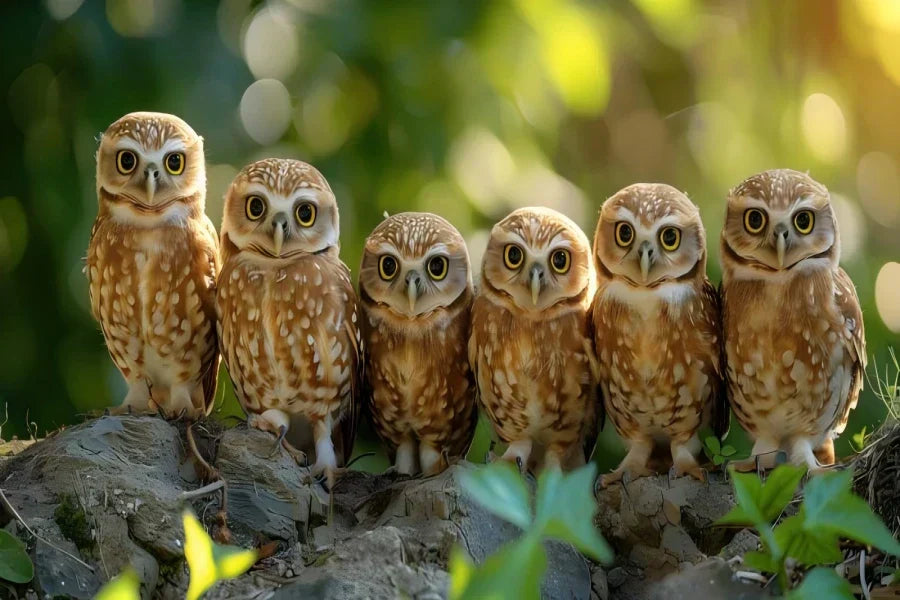Top 5 Nesting Materials Finches Love: A Guide To Their Preferred Choices
Finches are colorful, endearing birds well-known for their elaborate nest-building techniques and lovely songs. The process of choosing nesting materials, which is essential to the survival of their young, is one of the most fascinating parts of their life cycle. Proper nesting materials provide the nest with structural integrity, comfort, and insulation for the eggs and chicks. This article examines the top five materials that finches love to use for their nests, showing the birds' preferences and the thinking behind them.

These materials, which range from supple plant fibers to robust twigs, demonstrate the finches' inventiveness and versatility in establishing secure havens for their young. Knowing what materials entice finches, you may improve your gardening and birding experiences and make your home a welcoming place for these charming birds. Stay with us as we explore the preferred nesting materials used by finches and learn how to encourage successful breeding in your backyard.
Introduction
The Importance Of Providing Suitable Nesting Materials For Finches
For finches to reproduce successfully and to be healthy generally, they need appropriate nesting materials. Nests made using high-quality materials are guaranteed to be secure, well-insulated, and safe from predators. Finches will construct nests in your garden if you provide feathers, soft grasses, and natural fibers. This will aid the finches' reproductive endeavors and maintain a healthy bird population.
Proper Nesting Materials Can Support The Birds' Natural Behaviors And Improve Breeding Success
Finches have a strong nesting drive, collecting and creating nests by weaving materials. Such behaviors are natural, and to support them, they should be provided with suitable materials that would help to enhance breeding results. Appropriate nesting materials maintain the temperature inside the nest, protect eggs and young ones, and provide a conducive environment for caring for the young ones.
Section 1: Understanding Finch Nesting Needs
If you give them the necessary materials, you are helping them practice what they were naturally supposed to do in nest building. Such materials help the birds build compact and comfortable nests, constantly contributing to breeding processes. The quality of the nest is closely related to the eggs' insulation ability and the stability and healthiness of their young finches. This is the Importance of Providing Suitable Nesting Materials for Finches.

The General Nesting Habits Of Finches
There is a combination of nest-building behavior among finches. They differ based on species. Some finches make nests in cups, while others make dome-shaped nests. In the wild, finches build a natural nest made from plant materials such as twigs, grass, leaves, and feathers for shelter throughout the year.
Wild finches will engage in this behavior if they get the said materials, and cage-bred finches will do so if placed where they can get the material. Giving the birds these materials is beneficial to the birds' welfare.
The Variety In Nest-Building Behavior Among Different Species
Several species of finches have their own choice of the kind of nest they prefer to build. Any finch may make their nests in branches or artificial nests or build them at ground level. Knowledge of the kind of nests preferred by different finch species will enable you to offer the best nest material.

The Role Of Nesting Materials In The Health And Success Of Finch Breeding
These materials not only enhance the construction of the nest but also facilitate the well-being of the finches. Nothing is easier than picking up germs and bacteria, so using clean, non-toxic materials will reduce infections. Easy-to-manage and easy-to-shape materials would also lead to better nest structure by the finches. There is ideal breeding in a well-constructed nest since eggs, and the young ones raised here can be incubated.

Section 2: Criteria For Selecting Nesting Materials
Softness, durability, and natural origin are important considerations when choosing nesting materials for finches. Chemicals and non-toxicity are required in materials. Furthermore, the texture should make weaving simple, and the presence of materials in the surroundings might help finches build safe and cozy nests. Let's learn about the criteria for selecting materials:
Easy For Finches To Handle And Build With
Finches are small birds with long and thin bills, so selecting nest materials should be easy. Hard materials that the finches take, manipulate, or pull should be small and light, such as shredded paper or thin fiber strings.
Safe And Non-Toxic To The Birds
When choosing nesting materials, be sure to get safe ones for birds. If you can select fabrics, ensure they are not toxic and are not treated with poison or pesticides. Cedar and pigeon English are okay, and they can be attached directly to the cages, but they should be cleaned to eliminate any harm to the birds. Do not use synthetic fabrics, which can quickly shed or break into sharp edges that might be dangerous, especially to the finches or their chicks.
Affordable And Readily Available
The best nesting materials should also be durable, safe, cheap, and readily available. The materials most finches seek can be easily found in the home, and by offering your finches a selection of materials, you'll save yourself time and money.
Section 3: Top 5 Nesting Materials For Finches
The top five materials finches use to build their nests are feathers, moss, twigs, soft grasses, and plant fibers. These materials are perfect for building safe nests: soft grasses offer comfort and insulation, feathers bring warmth, plant fibers offer structure, twigs create a stable foundation, and moss improves moisture retention. Let's explore the top five nesting materials for finches:
1. Shredded Paper
Description: Lightweight, easy to find, and simple to use.
Shredded paper is readily available, inexpensive, and perfect for nesting finches. It is also easy to make at home; you only have to rip regular paper into thin pieces.

Pros: Cheap, easy for birds to handle.
- Cheap and easily accessible.
- Easy for finches to handle and build with. Safe so long as the paper does not contain ink or any chemical substance.
Cons: Prone to soiling and mold if it gets wet.
- If it gets wet, it easily soils or gets moldy.
- It should be changed often so the nest does not breed bacteria or mold.
2. Paper Towels
Description: Cut into small pieces. commonly available
Another common item that can be used as nesting material is paper towels. If sliced into small parts, they can easily be accessed and are practical for nesting material. If not in your pocket, you can look for a strip source, perhaps inside your handbag. The usual paper towel can do just that. All you need is to tear a few sheets and put them in front of your finches.

Pros: Easily replaceable, good for short-term use
- They are cheap and straightforward to obtain and replace whenever they become old or no longer valid.
- They are used during the early stage of nest-building because they are helpful after a short period of use.
Cons: Can get dirty quickly; needs frequent replacement.
- It has a very short life span and gets soiled easily, so it must be replaced often.
- It is easier-wearing than other natural vegetable products.
Paper towels are also advisable for finch nesting when you need easy-to-acquire material. However, you must ensure the nest is clean by changing the paper towels frequently to avoid germs and bacteria.
3. Dried Grass
Description: Long strands of grass, natural material.
Dried grass has long strings and is as close as wild finches use as a perching object can be. These strings help make the nest look more natural and blend well in the surrounding environment.

Pros: Birds can create elaborate nests with a more natural look.
- Our feathered companions can build large, comfortable nests from dried grass and similar materials.
- It looks more natural, and finches like to perch on twigs than those made of synthetic material.
Cons: Needs to be pesticide-free, some preparation is required.
- It should not contain pesticide residue, which might mean additional time is needed before using the oil.
- It isn't easy to come by more often than growing or harvesting it alone.
Recycled grass is perfect for nests, provided the grass that has been collected and dried has not been exposed to chemicals or pesticides. It can be prepared by washing and drying it to a brilliant shine before serving it to the finches. This material is indeed natural and helps the finches build complex nests. It also provides an actual feel for the birds' environment.
4. Fiber String
Description: Thin, non-fraying fibers that don't entangle birds.
Fiber string, a string-like material of thin fibers that cannot fray, is also a safe and effective nesting material. The finches are capable of palming it and weaving it into the nests without getting trapped.

Pros: safe, easy to carry, encourages nest-building
- It is easy for finches to carry and produce nests to protect them from danger.
- Foster's nest-building technique promotes their daily activities as expected in the wild.
Cons: Limited availability; might require online sourcing.
- Rarely found in physical retail stores, it can only be ordered online.
Fiber string is an excellent option for enhancing nest-building activity. However, be cautious about the type of string you use, ensuring it's made from non-toxic and non-fraying materials to prevent bird harm. You might need to source fiber string online or from specialty pet stores.
5. Coconut Fiber
Description: Natural fibers from coconut husks, often sold in bulk.
Finches love coconut fiber, which is composed of coconut shells naturally. It is solid and preferable to use. It provides a good base for creating nests and does not break over time.

Pros: Durable, doesn't soil easily. Birds perfect it.
- Sizeable, smooth, and waterproof means it can be used long before washing.
- Birds choose this natural material mainly for its texture and overall strength.
Cons: can be hard to find: higher initial cost but lasts longer.
- Getting from the local supermarket is slightly tricky and may be expensive when first bought.
- Its operation requires some degree of preparation before use, such as making sure any chemical residues have been washed off.
Because of its durability, coconut fiber is one of the best natural substrates for finches. It may take longer to find and be more expensive than an ordinary utensil; however, the outcome is worth the price.
Section 4: Tips For Providing Nesting Materials
Make a special spot in your yard with natural grasses, twigs, and feathers to give finches something to nest on. Steer clear of synthetic materials; they may be hazardous. To encourage the building of nests and attract finches, consider putting a nesting box nearby and occasionally changing the contents. Here are some tips you should follow.
Use Nest Holders Or Place Materials Directly In Cages
You can provide nesting materials in two ways: in the case of nesting boxes, you may find nest holders or place them into cages. These trays have been specially designed to hold bird foods in an orderly manner so as not to confuse the nest occupants, hence preserving them for the birds.
Another way is to put the materials into the cage because sometimes you see that your finches prefer to collect the materials by themselves. When you provide the finches with easy access to these materials, you encourage the instinctive nest-building process of the birds and provide them with all the requirements needed to build solid and comfortable nests.
Rotate Materials To Keep Things Fresh And Interesting For The Birds
Finches-like change must be mentioned, as altering nest-making materials can go a long way in maintaining the natural curiosity of the finch for nest-making. You keep them busy and their brains working if you provide them with different materials to chew and play with daily – such as shredded paper, dried grass, or coconut fiber.
Rotation also enables birds to modify their nest preferences because they nest with different materials to form the perfect for breeding.
Monitor Nests For Cleanliness And Replace Soiled Materials Regularly
Maintaining a clean nesting area is very important to maintain the health of your finches. Bedding materials may then get stained by droppings, spilled water, or unconsumed food, which encourages mold and bacteria growth.
Continual checks of the nests to clean or replace if the materials are soiled or wet will help the birds avoid getting sick and provide a clean environment for breeding. Frequent cleaning also promotes the durability of the nesting materials and guarantees warmth and safety for the finches and their offspring.
Section 5: Conclusion
To recap, the top nesting materials for finches include shredded paper, paper towels, dried grass, fiber string, and coconut fiber. Each material has advantages in nest construction and breeding—cheap, easy to work with, and durable. For instance, shredded paper and paper towels should be light and easily manageable by the finches, while dried grass and coconut fiber are heavier and more natural, long-lasting materials.
Encouraging bird owners to experiment with different materials to see what their finches prefer is essential. Every bird may have individual preferences, and offering various nesting options allows them to engage more fully in their natural behaviors. Finally, the importance of safe and appropriate nesting options cannot be overstated.
Share



